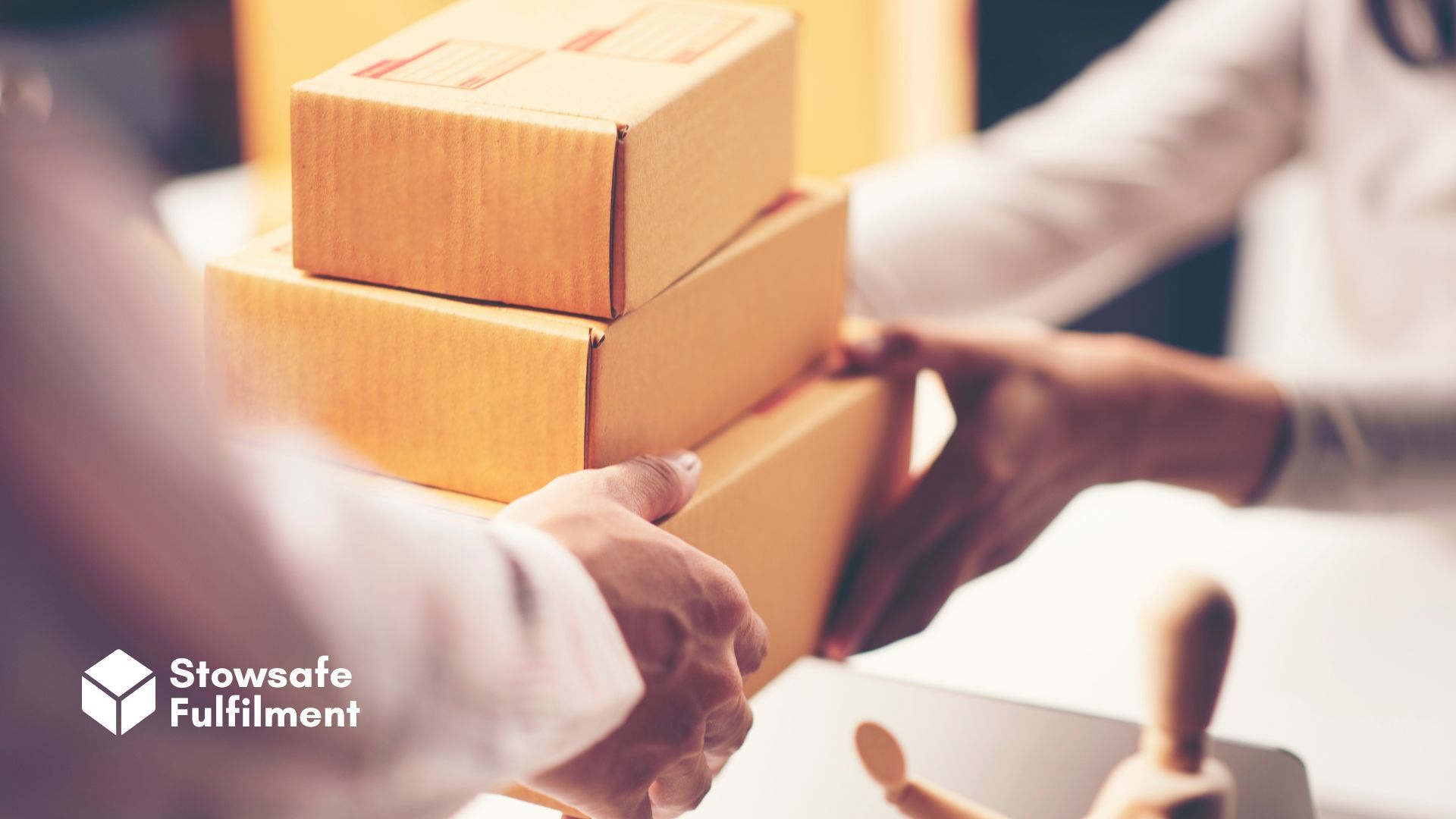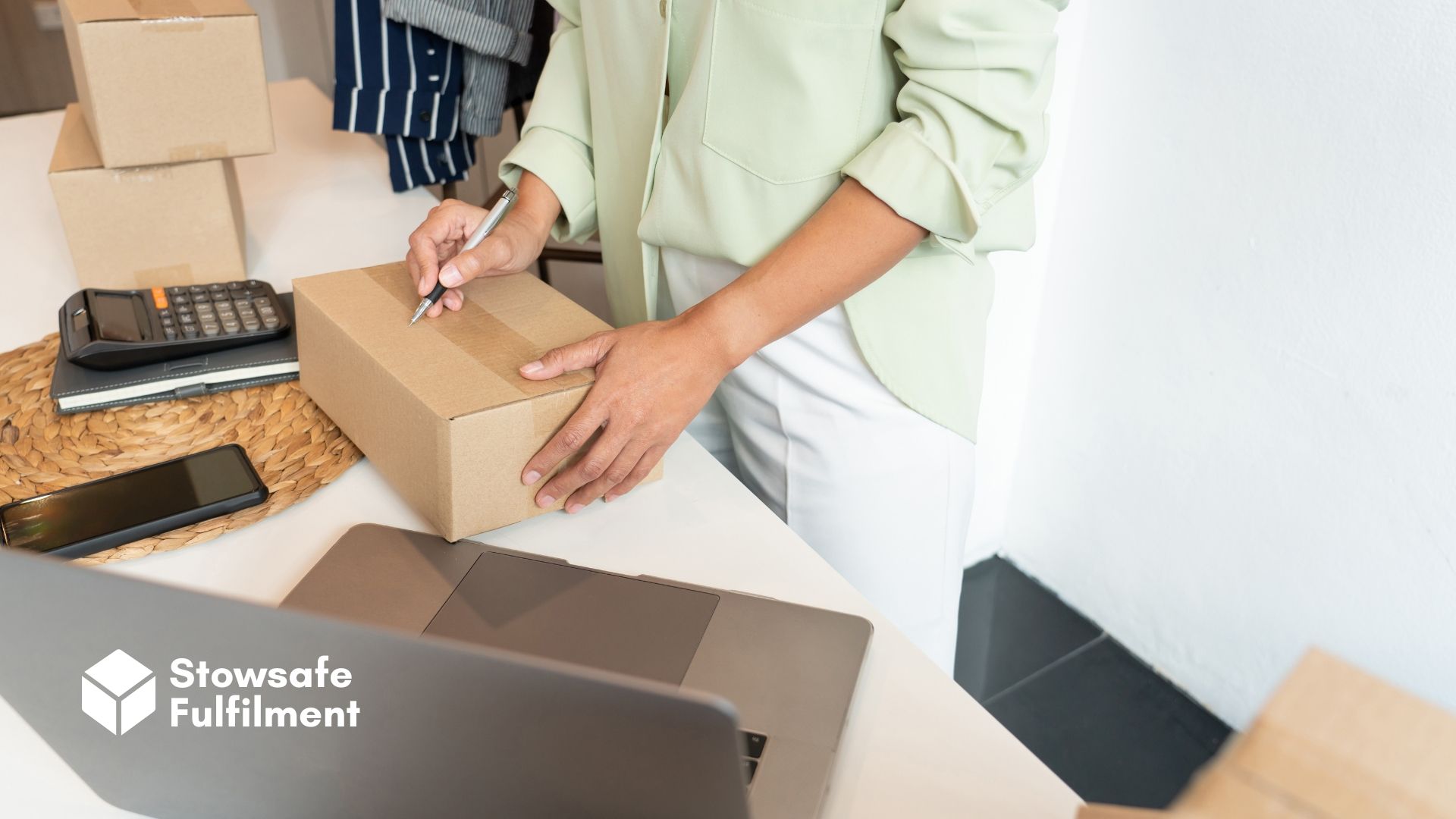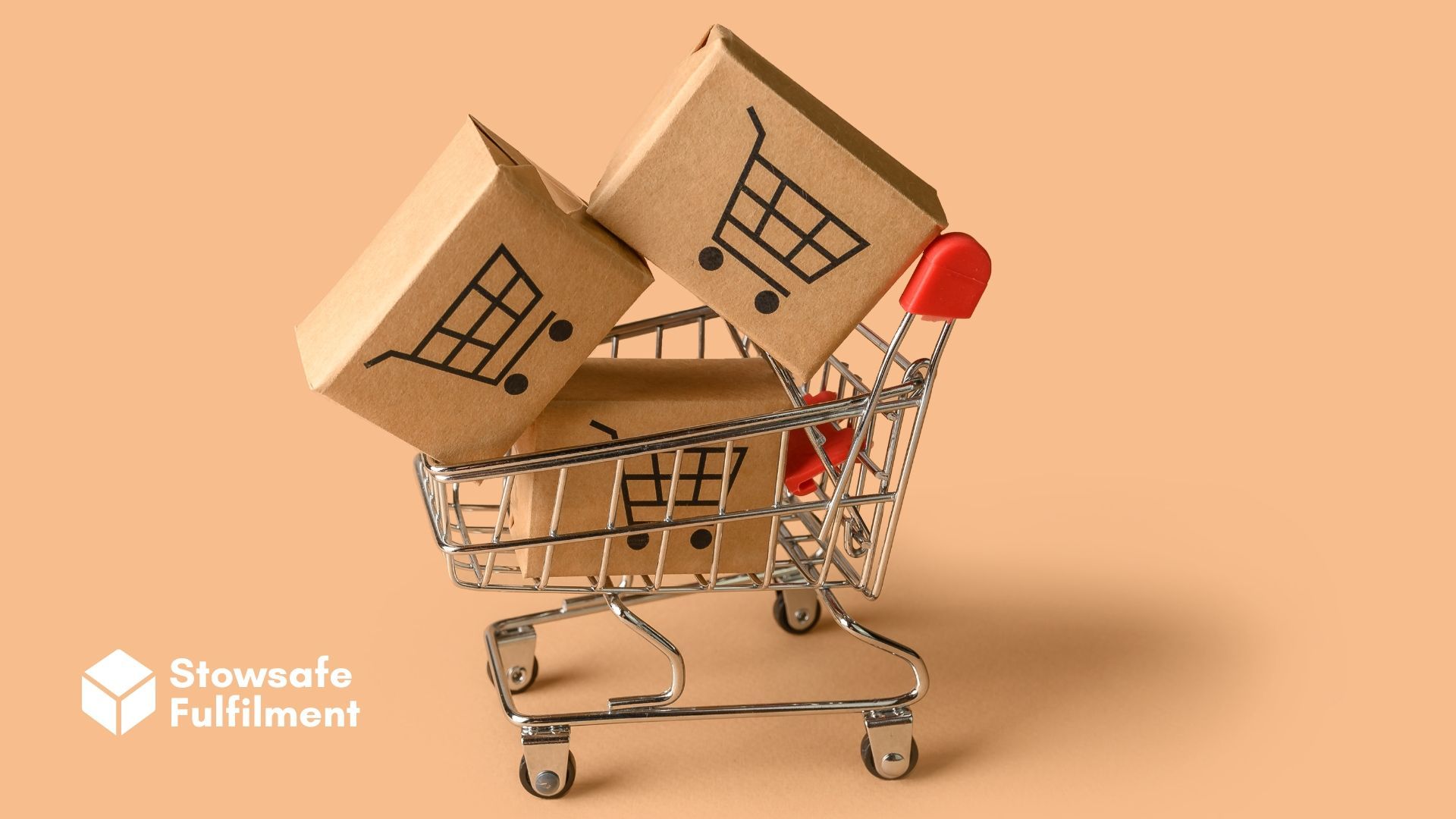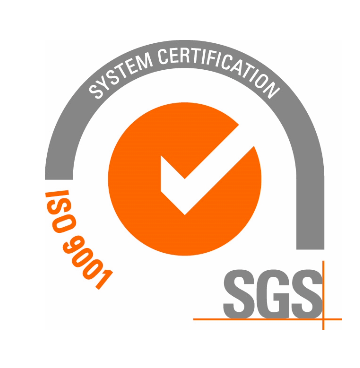eCommerce is on the rise – and more and more retailers are shifting their operations online. Want to make the most of the move? Follow our 5 smart tips.

Consumer priorities have changed dramatically over the last couple of years, shaped in large part by the COVID-19 pandemic and long-term developments in the way people shop. The high street is not the golden goose of commerce that it once was – and the digital revolution is well underway.
Digital technology has provided unprecedented market access to consumers, driving the popularity of eCommerce stores as retailers adapt to these fundamental shifts in consumer behaviour.
Online sales peaked during lockdown and have stayed high. And although they've been dropping steadily as brick-and-mortar stores resume their daily business, establishing an online presence has become a cornerstone of modern business practice.
Making sure you do the right thing for your business is key. But the great thing about moving online is how flexible and dynamic the technology has become.
If you own a brick-and-mortar business and you're wondering whether to make the move to an eCommerce store, there are several things to consider. Here are five tips to keep in mind.
1. Choose your eCommerce platform
When you finally make the move, the first thing you'll need to decide on is your platform. There are a variety of free and paid platforms that all offer the basics: a website, a product gallery and a checkout. Where they differ from one another is their scalability and customisation options.
If you're a small-to-medium-sized enterprise (SME) and you're moving online to facilitate growth, choosing a scalable eCommerce platform will avoid costly and time-consuming migrations down the line. Equally, if you've got a strong brand identity and want to customise the visual and interactive elements of your online store, this should inform which platform you choose.
Platforms like
Shopify and
WooCommerce offer bundles of scalability and customisation opportunities. Alternatives for smaller businesses include WP EasyCart and Ecwid.
2. Get a strong domain name
Choosing the right domain name is the simplest step in this guide, but – make no mistake – it's a biggie!
Think of your domain name or URL as the shopfront of your digital store. It's a huge part of your brand identity and choosing something memorable will help you stay at the forefront of customers' minds. It can also help with search engine optimisation (we'll get to that).
3. Partner with a third-party fulfilment service
Rent, business rates, energy bills… The costs of running a physical store may be overwhelming, especially if your location is limiting trade. The overheads associated with eCommerce platforms are much smaller in comparison.
Moving online can be a huge financial relief for businesses feeling the squeeze, but how do you keep an inventory in the absence of a physical store?
One solution is to partner with third-party fulfilment firms. These are companies that store and process your orders. They handle shipping and returns and provide inventory updates and reports. When a customer makes an order on your website, the fulfilment service takes care of packaging, labelling and shipping so you don't have to worry.
At
Stowsafe, for example, you can store a wide range of goods and request custom labelling and packaging. Plus, with our 24,500-square-foot warehouse, you'll have ample opportunity to scale your inventory and take your business to the next level.
4. Use analytics to fine-tune your business
Moving online presents new challenges to your business. Disappearing from the high street may feel like a setback but, in truth, the internet is just a different market environment that offers new strategic opportunities.
It's clear that people spend more time online than on the high street, so you have a somewhat captive audience. The challenge is understanding who that audience is and increasing your visibility.
Find out who your customers are by using analytics and use this data to develop new marketing strategies. Get to know your customers like never before and use their habits to improve your product and develop your business plan going forward.
5. Use SEO to drive traffic to your store
Search engine optimisation (SEO) is a powerful marketing strategy aimed at increasing the visibility of your website on search engines.
Unlike the alphabetised days of the Yellow Pages, search results on Google, Bing and Yahoo! are ranked algorithmically according to a variety of factors relating to things like search-term relevance, trustworthiness and site speed.
Clearly, this is very empowering for customers and businesses alike. However, getting to the top of the pile requires some careful optimisation of your website and an understanding of the way search engines index and rank websites.
Thankfully, many eCommerce platforms offer SEO services and downloadable plugins to aid in the process. Some SEO strategies you should consider include:
- Incorporating popular search terms on your website. Choose the right words to reflect your target audience and repeat them across each of your web pages to improve their ranking. However, don't "stuff" your website with them – it looks bad and you may be flagged by Google's algorithms.
- Increase your site speed by reducing clutter – and use mobile-friendly platforms.
- Include information about you and your business such as an "about" page and contact info. This is a key factor when Google ranks search results to both protect customers from fraudulent parties and create truthful, informative and relevant search results.
So there you have it: five tips for making the transition. With these recommendations in mind, you can embark on a new chapter in your business and make your life simpler with the convenience of modern digital technology.
Just started your eCommerce store? Partner with Stowsafe and enjoy fuss-free fulfilment so you can focus on getting the ball rolling. Read about our
online fulfilment services today – and
get in touch to secure a space in our 24,500-square-foot warehouse.
All Rights Reserved | Stowsafe Fulfilment














